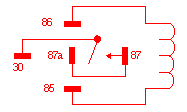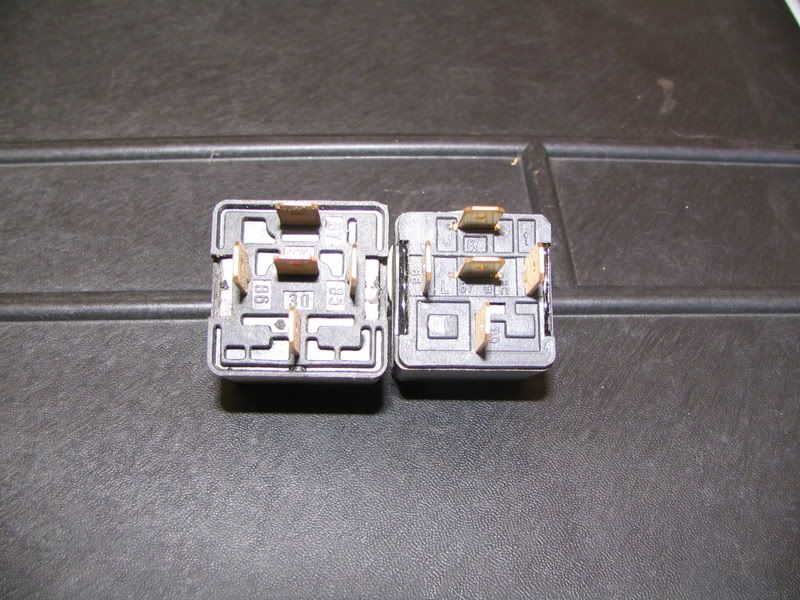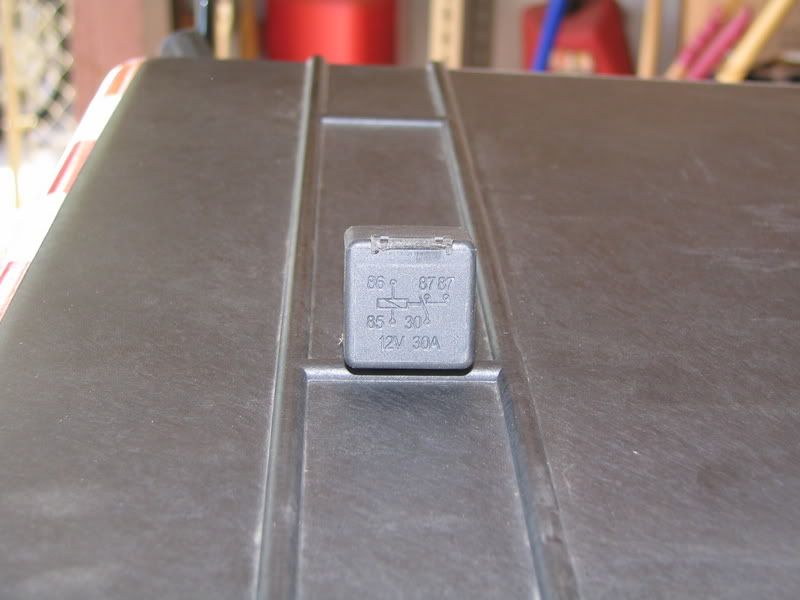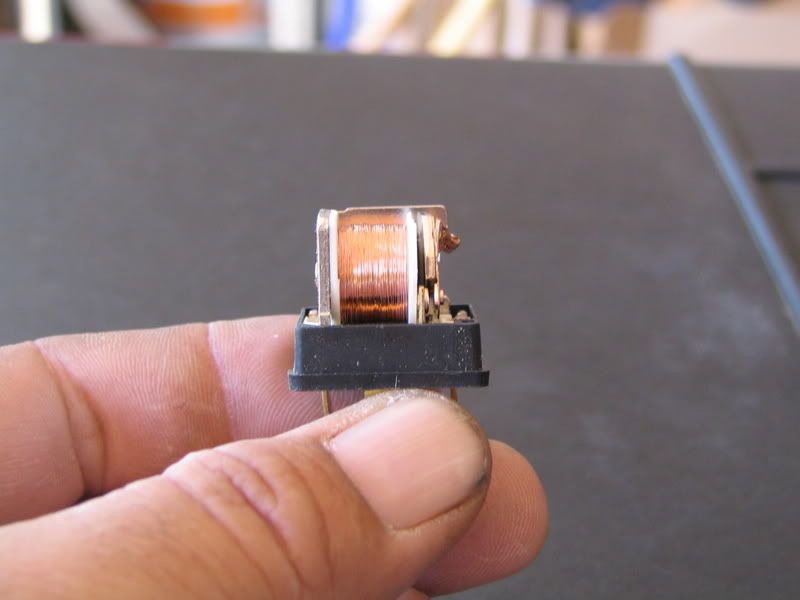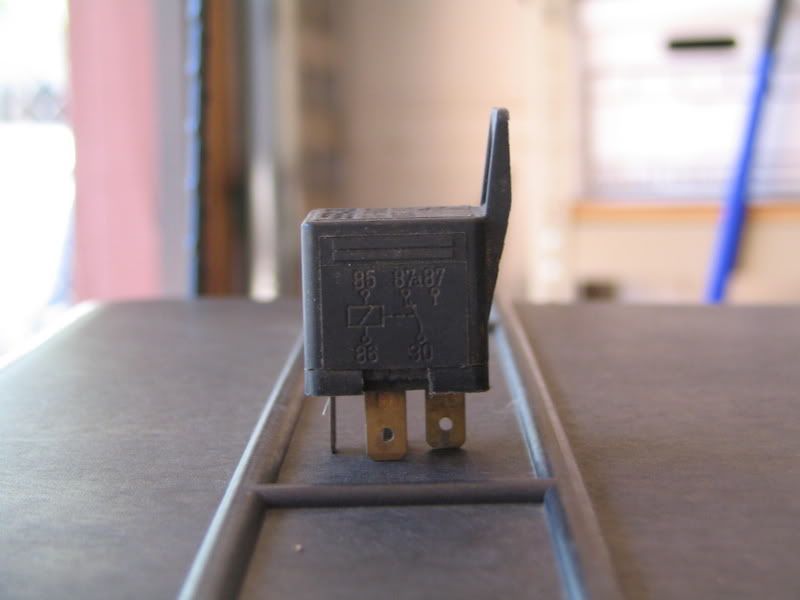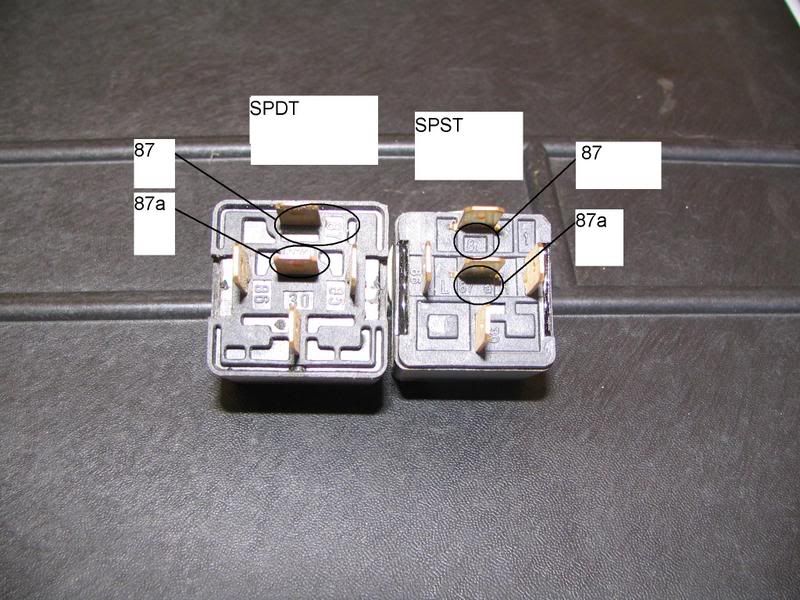skyway
Well-known member
There's been a lot of discussion about "the switch" that I use to control the Soltek lights. Here's an explanation of how and where it's located on my bike.
First the location:
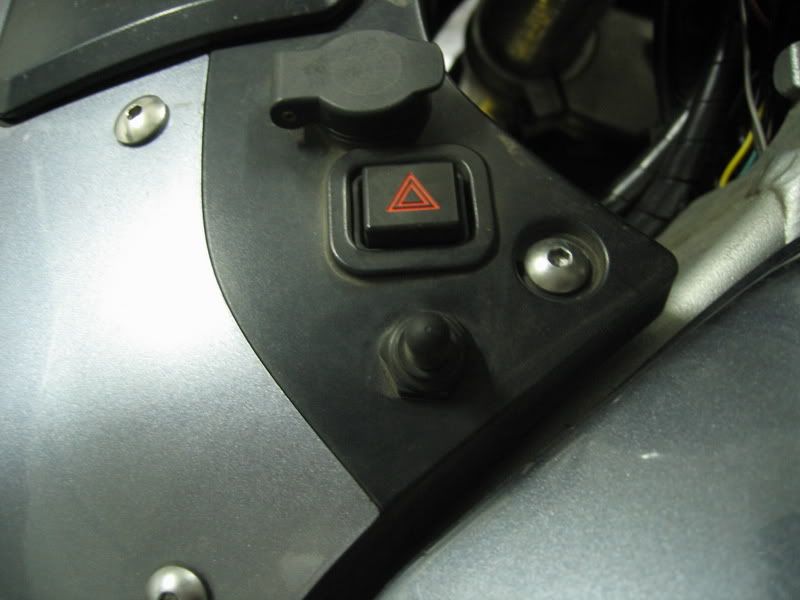
You will notice that the switch is mounted on the lower area of panel "A" on my bike. It is a (center off) 3 way single pole heavy duty toggle switch. I purchased it from True Value Hardware along with the rubber boot accessory that you see in the photo that's covering the steel toggle switch.
I choose to wire the switch in-line with the FJR hi-low beam switch, because I don't want to police 2 separate switches at night when dealing with my hi and low beams and the aux. lights. This switch is tied in with the factory hi-low beam switch and gives me 3 different options of control.
The 3 way switch serves to give me the following features:
Now to tie this all together with the factory wiring harness.
NOTE: I am using a single pole double throw switch and not a double pole double throw switch as shown in the diagram. The diagram and explanation will work with a single pole double throw switch.
Explanation courtesy of Warchild.
* Stock switch refers to the high beam switch on the left handlebar.

I will assume you have a 4-terminal relay to power the Solteks, rated at 25-amps or better
Where is says "PIAA relay" above, you will connecting that wire to the positive input of the relay powering the Solteks... say terminal #86.
Therefore, terminal #85 of this relay is connected to ground (-).
Terminal #30 is connected to the heavy-duty 12-gauge wire that is INCOMING power (+) to the relay. This incoming wire is fused by a 25-amp fuse (though truthfully, you can get away using a 20-amp fuse just fine).
Terminal 87 is therefore your OUTGOING positive wire (+) that connects directly to *both* red wires on the Solteks.
Regarding your SPDT switch:
The top pole is connected to any *switched* (+) power source. Thus, there is power at this pole only when the ignition is on.
That bottom pole, I am guessing you want to connect to the one of the high-beam lights (positive (+) wire, of course).
WHEN WIRED AS I'VE DESCRIBED, the effect is as follows:
1) When toggle switch is thrown "upward", the Solteks come on **regardless** of the status of the high-beam or low-beam. Doesn't matter which (hi or low) is lit up at the time.
2) When the toggle switch is left in the center, the Solteks do nothing. They remain unlit at all times.
3) When the toggle is thrown downward, the Solteks light up only when the stock high-beam switch is engaged. They extinguish when the stock headlight switch is thrown back to its low beam setting.
If there are any further questions regarding "the switch" please respond below and I'll try to answer them.
First the location:

You will notice that the switch is mounted on the lower area of panel "A" on my bike. It is a (center off) 3 way single pole heavy duty toggle switch. I purchased it from True Value Hardware along with the rubber boot accessory that you see in the photo that's covering the steel toggle switch.
I choose to wire the switch in-line with the FJR hi-low beam switch, because I don't want to police 2 separate switches at night when dealing with my hi and low beams and the aux. lights. This switch is tied in with the factory hi-low beam switch and gives me 3 different options of control.
The 3 way switch serves to give me the following features:
- In the center position, my aux.(Soltek) lights are always off, regardless of the position of the FJR hi-low beam switch on the handlebar.
- When the switch is toggled in the back position the aux.(Soltek) lights will fire off at the same time as the stock high beams with the switch on the handlebar.
- When the switch is toggled in the forward direction the aux.(Soltek) lights will fire off regardless of the hi-low beam switch on the handlebars.
Now to tie this all together with the factory wiring harness.
NOTE: I am using a single pole double throw switch and not a double pole double throw switch as shown in the diagram. The diagram and explanation will work with a single pole double throw switch.
Explanation courtesy of Warchild.
* Stock switch refers to the high beam switch on the left handlebar.

I will assume you have a 4-terminal relay to power the Solteks, rated at 25-amps or better
Where is says "PIAA relay" above, you will connecting that wire to the positive input of the relay powering the Solteks... say terminal #86.
Therefore, terminal #85 of this relay is connected to ground (-).
Terminal #30 is connected to the heavy-duty 12-gauge wire that is INCOMING power (+) to the relay. This incoming wire is fused by a 25-amp fuse (though truthfully, you can get away using a 20-amp fuse just fine).
Terminal 87 is therefore your OUTGOING positive wire (+) that connects directly to *both* red wires on the Solteks.
Regarding your SPDT switch:
The top pole is connected to any *switched* (+) power source. Thus, there is power at this pole only when the ignition is on.
That bottom pole, I am guessing you want to connect to the one of the high-beam lights (positive (+) wire, of course).
WHEN WIRED AS I'VE DESCRIBED, the effect is as follows:
1) When toggle switch is thrown "upward", the Solteks come on **regardless** of the status of the high-beam or low-beam. Doesn't matter which (hi or low) is lit up at the time.
2) When the toggle switch is left in the center, the Solteks do nothing. They remain unlit at all times.
3) When the toggle is thrown downward, the Solteks light up only when the stock high-beam switch is engaged. They extinguish when the stock headlight switch is thrown back to its low beam setting.
If there are any further questions regarding "the switch" please respond below and I'll try to answer them.
Last edited by a moderator:
























